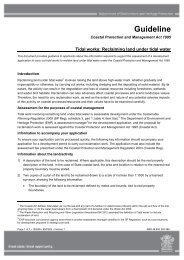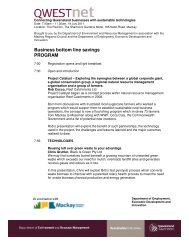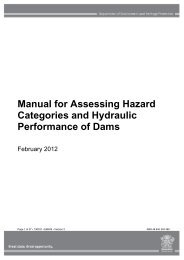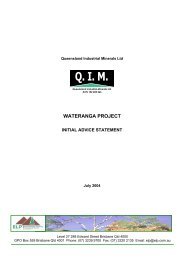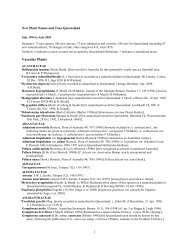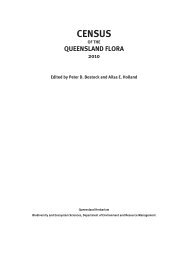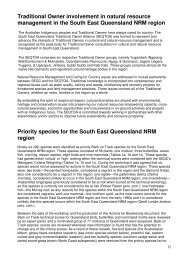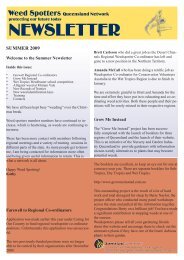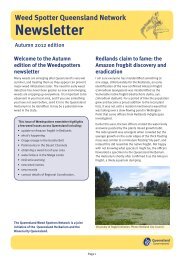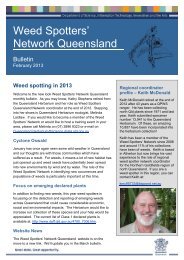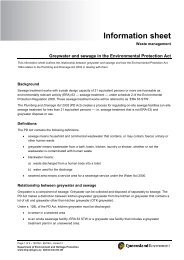Enhancing Biodiversity Hotspots Along Western Queensland Stock ...
Enhancing Biodiversity Hotspots Along Western Queensland Stock ...
Enhancing Biodiversity Hotspots Along Western Queensland Stock ...
You also want an ePaper? Increase the reach of your titles
YUMPU automatically turns print PDFs into web optimized ePapers that Google loves.
Additional findings<br />
The majority of Major Mitchell’s cockatoo (Lophochroa leadbeateri) sightings during<br />
the field visit for this project were in the South West NRM region. They showed a<br />
distinct preference that this species has for country commonly known as ‘soft mulga’<br />
with its distinctive red sandy soils (i.e. red Kandosols and red Chromosols soils).<br />
These soils have nutrient limitations which may benefit the wildlife as it limits the<br />
introduction of invasive grasses, such as buffel grass (Pennisetum ciliare), enabling a<br />
favourite food source of these cockatoos, the desert paddy melon (Zehneria<br />
micrantha), to thrive on disturbed ground.<br />
There seems to be reluctance throughout most of the regions of western <strong>Queensland</strong><br />
to use fire as a management tool for the maintenance of biodiversity. The lack of<br />
appropriate fire regimes is inhibiting flora species, as certain fire regimes are required<br />
to maintain biodiversity. This is a topic that needs greater consideration as a<br />
management option, especially for the stock routes that retain remnant vegetation in<br />
otherwise cleared country, as many species are threatened by a lack of appropriate<br />
fire regimes (Dyer et al., 2001).<br />
101



